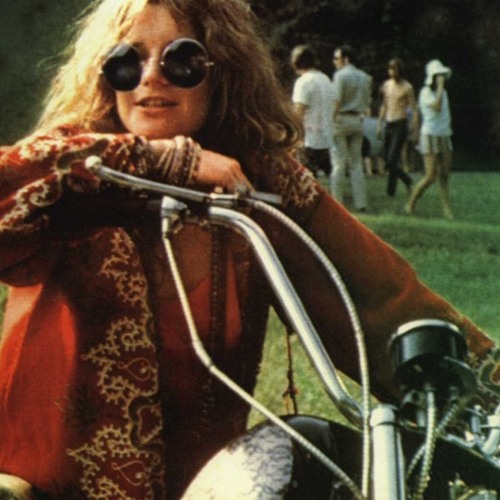

Just as STEM programs aim to improve diversity in orthopaedics, a relatively new twist on STEM-STEAM -aims to improve art and design in scientific innovation. As funding and attention flow towards these areas of inquiry, more women at an earlier age will become drawn to orthopaedics. How the sex of the cell alters disease manifestations how fragility fracture rates, incidence, and mortality differ between men and women are just a few of the many examples.

These programs introduce real life, hands-on experiences for those who might not otherwise have knowledge or access to scientific domains from astrophysics to orthopaedics.Īs sex and gender becomes a more high-profile topic in scientific research, two things are likely to happen: More women will see opportunities in the sciences, and new discoveries will be made by men and women, discoveries that improve the lives of men, women, boys, and girls. Nth Dimensions partners with medical specialties that have considerable shortages in women and underrepresented minorities. A similar pipeline program is Nth Dimensions, the brainchild of orthopaedic surgeon, Bonnie Simpson Mason, the AAOS 2015 Diversity Award winner. The Perry Initiative targets high school girls and underrepresented minorities who engage in a life-changing, day-long, hands-on orthopaedics and bioengineering workshop. STEM programs like the Perry Initiative and Nth Dimensions help combat these statistics by bringing girls and underrepresented minorities into the educational fold as future scientists. According to the American Academy of Orthopaedic Surgeons (AAOS), women constitute 12% of academic faculty in orthopaedics and 7% of practicing orthopaedists. Initiatives related to Science, Technology, Education and Mathematics (STEM) programs can provide that much-needed voice for women in orthopaedics. Often edgy and persevering, these pioneers quite literally sought a voice, and as they found their own voices, they transformed the zeitgeist of popular music. Bessie Smith fought for the microphone to sing and expose racial injustice. What do these legendary musicians have to do with sex and gender in orthopaedic science? The content and shape of popular music, not surprisingly, follows the cultural trends and our social consciousness. Inside, we found emblems of women who rocked the world-Billie Holiday’s silver fox fur stole, Stevie Nicks’ orange and gold gossamer dress, Chrissie Hynde’s red leather biker jacket, and Janis Joplin’s crib notes to “Move Over” sprinkled among other handwritten lyrics. Last summer, my teenage daughter and I took in the exhibit that honored the feminine “engines of creation and change in popular music” at the Henry Ford Museum in Dearborn, MI, USA. “Women Who Rock: Vision, Passion, Power” from the Rock and Roll Hall of Fame reminds me of the dichotomy of art and science. Important disciplines and discussions however, have at their heart both art and science, with yin and yang-feminine and masculine-duality.

Art is creative and emotional science is (or should be) rational and objective-feminine versus masculine, to use the language of polarizing stereotypes. Please support the artists by purchasing related recordings and merchandise.Music is a performing art that, on its surface, has little to do with science. It reached number one on the Billboard charts.Īll lyrics and songs are property and copyright of their respective authors, artists and labels.Īll lyrics and songs provided for educational purposes only. A second solo album, Pearl, was released in January 1971, just over three months after her death. Janis Joplin died of an accidental heroin overdose in 1970 aged 27, after releasing three albums (two with Big Brother, and one solo album). One of the most successful and widely known rock stars of her era, she was noted for her powerful mezzo-soprano vocals and "electric" stage presence. Janis Lyn Joplin (Janu– October 4, 1970) was an American singer-songwriter who sang rock, soul and blues music. Though many artists have covered this number, ‘Piece Of My Heart’ has become synonymous with Janis Joplin and clearly ranks as one of her most memorable and loved songs.

Piece Of My Heart was originally written and recorded in 1967, but it wasn’t a mainstream hit until Big Brother And The Holding Company (featuring Janis Joplin) covered it in 1968. Billed as “An Aquarian Experience: 3 Days of Peace and Music.” Woodstock Music Festival August 15, 1969, a half a million people waited on a dairy farm in Bethel, New York, for the three-day music festival to start.


 0 kommentar(er)
0 kommentar(er)
